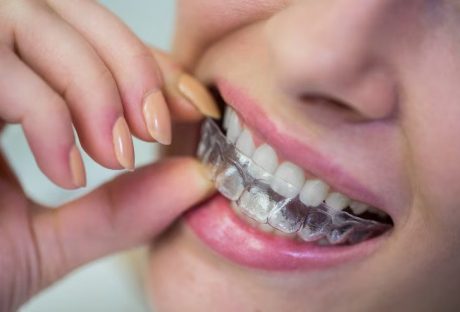Jumping on a trampoline is not only simple but great fun as well. It’s an extremely beneficial workout to the body with a variety of health benefits. In fact, it’s some three times more beneficial than either running or jogging, claims many types of research, including one from NASA in the way back 70’s.
Jumping is a helpful exercise because it gives a boost to oxygenation to the body cells. It does not cause joint stress which is often the case with jogging or running on hard surfaces. What’s more, jogging causes physical stress on lower limbs and feet.
Read also:
1. Go Trampolining to have Fun and Maintain your Fitness
2. 5 Rowing Machine Workout Tips Every Fitness Person should know
Jumping brings unique benefits to the body as it increases our G-force (the force created on the body due to gravity and acceleration). With high jumps, you can double your benefits from rebounding or jumping and realize your health goals.
There is a whole host of health benefits that jumping brings to the body, including:
Weight loss
Jumping is a great exercise when it comes to losing weight. It helps the body burn four times more than jogging or walking. With so much burning of calories, it can become really easy to fight the menace of weight. After all, where else will you lose up to 1,000 calories per hour, that too in the comfort of your home!
Immune system
What would happen if your immune system is weakened? In such case, not only the frequency of diseases and illnesses goes up but also the body’s resistance against them comes down. This is where regular jumping helps a lot as it fortifies the immune system by keeping the immune cells active. This is how the body remains away from risks.
Lymphatic system
Jumping or rebounding on the trampoline on a regular basis has a great impact on the lymphatic system. This way, the flow of the lymph is maintained in the body. And that’s why nutrients go into the body cells and throw the toxins out. The flow of the lymph depends a lot on the kind of movement the body is subjected to.
Stress
Jumping is a stress buster! More so, it helps one fight off anxiety and leads a peaceful life. In fact, jumping is considered one of the best workouts for those facing depression or high-level of stress. But the question is, how does jumping help in stress? It helps because the exercise helps in stabilization of the nervous system and which subsequently leads to the release of a substance – serotonin—helpful in the fighting of stress.
Bones
Many health-conscious individuals want to do a simple yet effective exercise that helps their bones. They also search a high impact exercise so that the risks of repeated stress to the bone are tackled. Jumping helps in such cases as it not only has a positive impact on bone density but also helps in the prevention of arthritis.
Mind
Did you know that jumping benefits mind in more or less the same way as yoga does? What’s more, it boosts the level of mental performance and sharpens the mind. So, how all this is achieved? Jumping keeps one happy and this leads to all mental benefits on the lines of yoga. And when one is happy, the learning becomes easy and the capacity to grasping things improves.
Heart
Having normal blood pressure means having a healthy heart. This also means staying away from a lot of other potential diseases often caused by improper functioning of the heart. With regular jumping or rebounding, one can get an improved heart or can stay away from many cardio problems. In addition, one can also achieve the low-impact aerobic effect with jumping.
Energy
Did you know that jumping gives instant energy? Or have you ever felt a sudden flow of energy into the body right after finishing the jumping session? Jumping or rebounding lets more oxygen reach to the body and when this happens, the level of energy is bound to get better.
Digestion
It’s common to find people troubled by weak digestion. So, what is the simplest way for them to get help? Well, nothing beats the easiness and simplicity associated with jumping. Not only does it help improve digestion but also elimination process. All this is achieved as the digestive track get clean due to muscle contraction and relaxation.
Pains
Do you feel fatigued much quicker than you suppose you should? More so, do you feel pain in the neck and back for no reason? Start jumping regularly and see the difference. It will energize you and boost your endurance and stamina. It will keep all the pains at bay and help you lead a healthy life.
In a nutshell, you should join one of many fitness classes Leeds to improve the fitness and enjoy the riches of life. After all, being fit is the biggest gift one can give back to life.





















